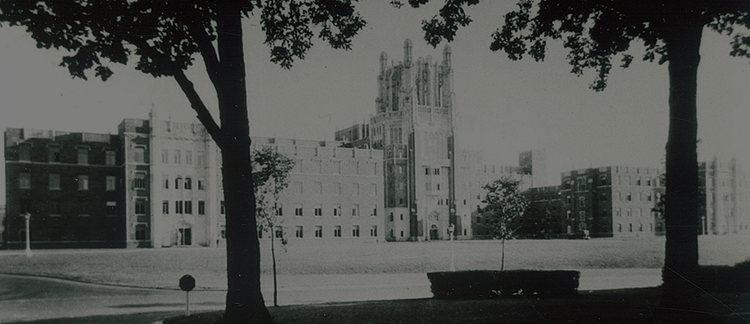Abstract
Abstract:
Background: The obstetrical department at University of Iowa implemented several interventions at reducing post-operative infections and wound complication rates following a cesarean delivery. We implemented subcuticular closure of the skin following all cesarean sections in February of 2011 and switched from a povidone/iodine skin prep to a chlorhexidine-alcohol prep April 19th 2011. Based on prior studies, we hypothesized a 50% reduction in post cesarean wound complications
Objective:
To determine if changes in skin prep type and closure method decreases post-operative infectious morbidity and wound complications.
Methods:
The study reviewed charts of women who underwent a cesarean section between 7/1/2010 and 12/31/2010 compared to those that underwent a cesarean section between 4/19/2011 and 9/7/2011. A total of 568 charts were reviewed. Women were divided into two groups; the control group included those who had a povidone/iodine skin prep and staple closure, the intervention group included those women who had chlorhexidine skin prep and skin closure with subcuticular suture.
Results:
A total of 568 charts were reviewed and 190 control (iodine/staples) subjects and 139 intervention (chlorhexidine-alcohol/suture) subjects were identified. We found no statistical difference in the overall wound complication rates between the control and intervention groups, 22.1% vs 17.4% (p.22). We did however find a significant decrease in wound separation rates: 8.4% vs 3% (p.014) Analysis showed significant risk factors for infectious morbidity and wound separation to be labor prior to surgery (p
Conclusion:
In our population the implementation of a chlorhexidine skin prep and closure of the skin with a subcuticular suture did not decrease overall infectious morbidity, it did however decrease our wound separation rate.
Keywords: Cesarean section, infection, wound separation, suture, staples
How to Cite:
Tikkanen, S. & Button, A. & Zamba, G. & Hardy-Fairbanks, A. J., (2013) “Effect of chlorhexidine skin prep and subcuticular skin closure on post-operative infectious morbidity and wound complications following cesarean section”, Proceedings in Obstetrics and Gynecology 3(2), 1-10. doi: https://doi.org/10.17077/2154-4751.1201
Rights: Copyright © Sara Tikkanen, Anna Button, Gideon Zamba, Abbey J. Hardy-Fairbanks, 2013.
Downloads:
Download pdf
View
PDF

